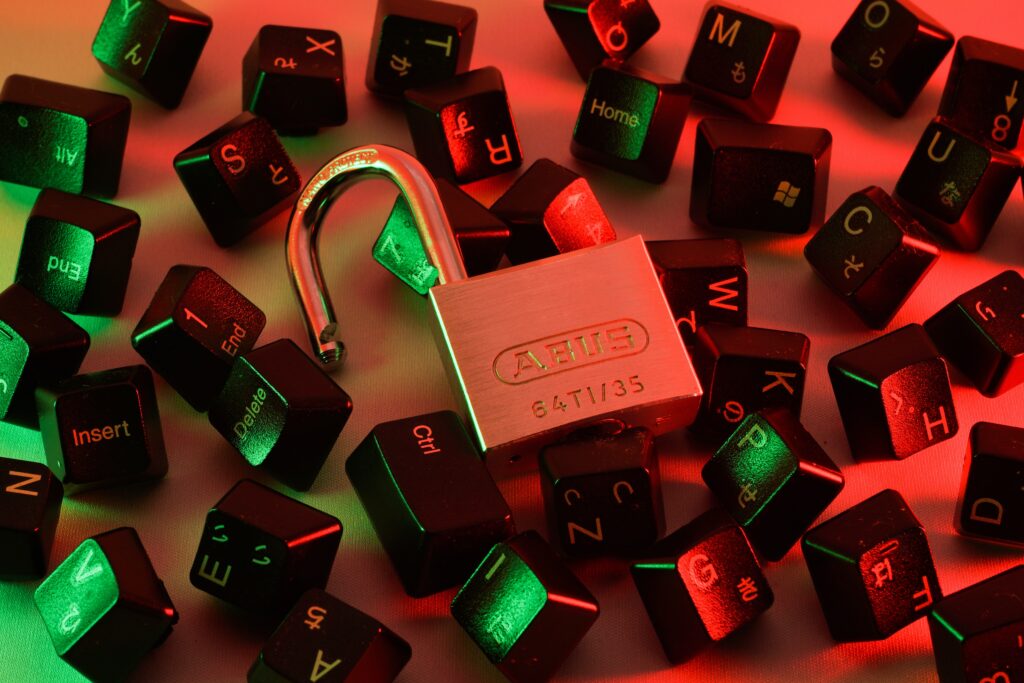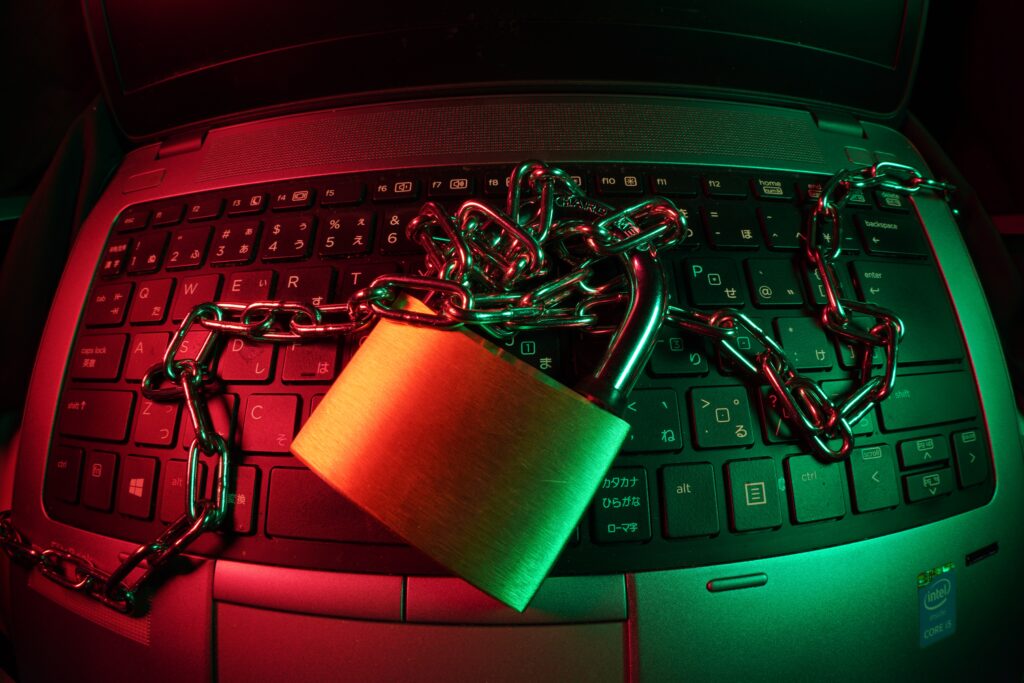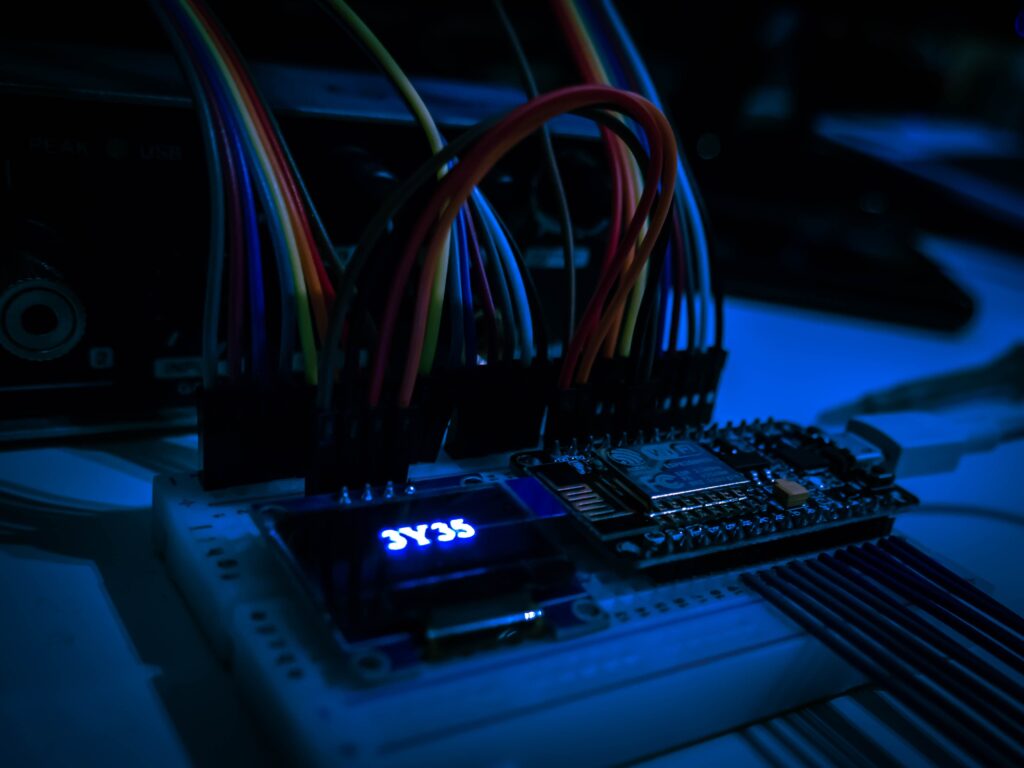The Internet of Things (IoT) has revolutionized the way we interact with technology, connecting our devices and systems in an unprecedented manner. However, the rapid proliferation of IoT has raised significant concerns about data privacy and security. As billions of devices collect and transmit vast amounts of personal and sensitive data, protecting user privacy has become a paramount challenge. In this article, we will delve into the privacy concerns associated with IoT and explore strategies and best practices for overcoming them. By understanding the risks and implementing robust privacy measures, we can ensure that the benefits of IoT are enjoyed without compromising individuals’ privacy rights.
What Are The Biggest Threats to Security and Privacy in IoT?

The rapid growth of the Internet of Things (IoT) brings with it an array of security and privacy challenges. Understanding these threats is crucial for safeguarding sensitive data and ensuring the privacy of individuals. Some of the biggest threats to security and privacy in IoT include:
- Data Breaches: Unauthorized access to IoT devices and systems can result in the exposure of sensitive data, leading to identity theft, financial loss, or reputational damage.
- Weak Authentication: Insufficient or weak authentication mechanisms can allow unauthorized individuals to gain access to IoT devices, compromising their security and the privacy of users.
- Inadequate Encryption: Without proper encryption measures, data transmitted between IoT devices and networks can be intercepted and compromised, leaving it vulnerable to exploitation.
- Lack of Updates and Patches: IoT devices often lack regular software updates and security patches, making them susceptible to known vulnerabilities that can be exploited by cybercriminals.
- Insider Threats: Employees or individuals with privileged access to IoT systems can intentionally or unintentionally compromise security and privacy through unauthorized actions or negligence.
Addressing these threats requires a multi-layered approach, encompassing robust authentication mechanisms, strong encryption protocols, regular software updates, and user awareness and education. By implementing stringent security measures, organizations can mitigate the risks and protect the privacy of individuals in the IoT ecosystem.
Understanding IoT and Privacy

Defining IoT and Its Impact on Privacy:
- Explanation of IoT and its ability to collect and exchange data.
- Discussion of the inherent privacy risks arising from the interconnected nature of IoT devices.
Privacy Challenges in IoT:
- Identification of key privacy concerns, such as data breaches, unauthorized access, and data misuse.
- Analysis of the unique challenges posed by IoT, including the scale and diversity of devices, data sharing, and consent issues.
Strategies for Enhancing IoT Privacy
Strengthening Data Security:
- Introduction to encryption, authentication, and access control mechanisms to protect IoT data.
- Discussion of secure communication protocols and secure device management practices.
Implementing Privacy by Design:
- Explanation of the Privacy by Design framework and its relevance to IoT.
- Emphasizing the importance of embedding privacy considerations throughout the entire lifecycle of IoT systems.
User Empowerment and Consent

Transparent Data Practices:
- Highlighting the significance of clear and concise privacy policies that outline data collection, use, and retention practices.
- Promoting transparency in data practices to build user trust and foster informed consent.
User-centric Privacy Controls:
- Advocating for user-centric privacy controls that empower individuals to manage their data.
- Discussing the importance of granular consent options, data access rights, and data deletion mechanisms.
Regulatory Framework and Compliance
Data Protection Laws and Standards:
- Overview of existing data protection regulations, such as the General Data Protection Regulation (GDPR) and the California Consumer Privacy Act (CCPA).
- Exploring how these regulations apply to IoT and the obligations they impose on organizations.
Privacy Impact Assessments:
- Explanation of Privacy Impact Assessments (PIAs) as a proactive tool for identifying and mitigating privacy risks in IoT deployments.
- Highlighting the benefits of conducting PIAs to ensure compliance with privacy regulations and protect user privacy.
Conclusion
As the IoT landscape expands, addressing privacy concerns becomes increasingly crucial. By understanding the risks and implementing robust privacy practices, organizations can ensure that individuals’ data is protected in the connected world. Through the adoption of data security measures, privacy by design principles, user empowerment, and adherence to regulatory frameworks, we can create a privacy-centric IoT ecosystem. By striking a balance between innovation and privacy, we can unlock the full potential of IoT while respecting individuals’ privacy rights. With a collaborative effort between industry stakeholders, policymakers, and individuals, we can overcome privacy concerns in IoT and build a trusted and secure digital future.
FAQs
Q: What are the main privacy concerns associated with IoT?
A: Privacy concerns in IoT include data breaches, unauthorized access to personal information, data misuse, and consent issues due to the interconnected nature of devices and the vast amount of data collected.
Q: How can organizations enhance privacy in IoT?
A: Organizations can enhance privacy in IoT by strengthening data security through encryption and access control, implementing privacy by design principles, providing transparent data practices, and empowering users with privacy controls.
Q: What are some best practices for protecting IoT data?
A: Best practices for protecting IoT data include using secure communication protocols, regularly updating device software with security patches, conducting privacy impact assessments, and complying with data protection laws and standards.
Q: How can individuals protect their privacy in IoT?
A: Individuals can protect their privacy in IoT by reviewing and understanding privacy policies, exercising control over their data through consent options and data access rights, and staying informed about the privacy practices of IoT devices and services.
Q: What is the role of regulations in ensuring privacy in IoT?
A: Regulations such as the GDPR and CCPA impose obligations on organizations to protect user privacy in IoT. Compliance with these regulations involves implementing privacy practices, conducting impact assessments, and being transparent about data handling to ensure privacy rights are respected.

